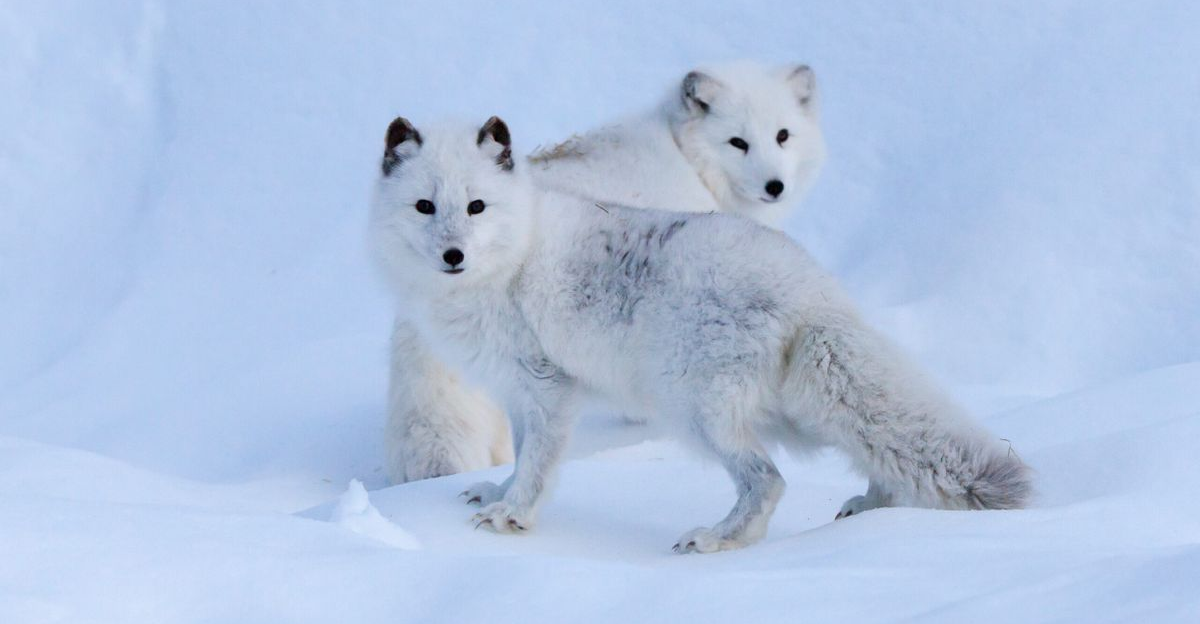
There are some pretty remarkable creatures out there, and the animals that thrive in -176°F are some of the most fascinating. Antarctic animals have evolved extraordinary adaptations to survive in one of the harshest environments on Earth. These creatures rely on thick layers of blubber, dense waterproof feathers or fur, and unique behaviors to keep them warm.
What exactly makes each animal so remarkable and able to adapt to these environments? Some of these fascinating creatures might even surprise you!
1. Antarctic Krill
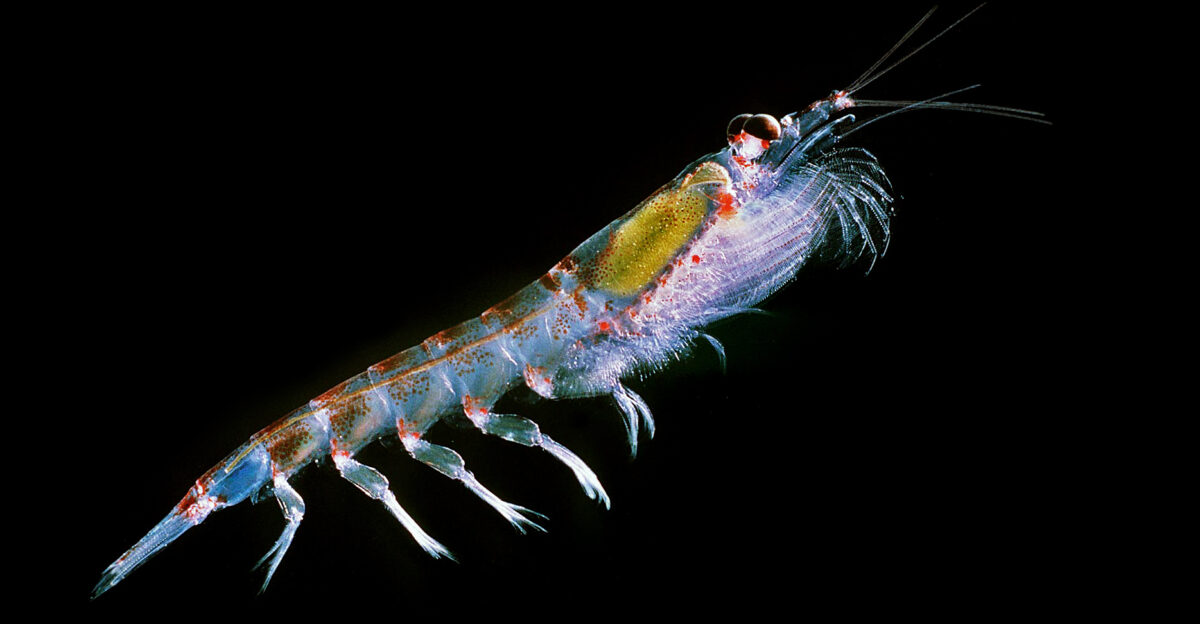
These tiny critters are shrimp-like crustaceans that grow about 2 inches in length. It would take around 226 krill to make one pound. They form massive swarms that reach densities of up to 30,000 individuals per cubic meter, so large they can even be seen from space. During the long, dark winter months when food is scarce, Antarctic krill can survive up to 200 days without eating by shrinking their bodies and using their muscle proteins as an energy reserve.
Juvenile krill rely on lipid stores accumulated during the summer and autumn to sustain themselves through winter. Krill also depend on the sea ice environment, especially during their larval stages. The pack ice gives them a safe space from predators and influences their distribution and survival.
2. Snow Petrel
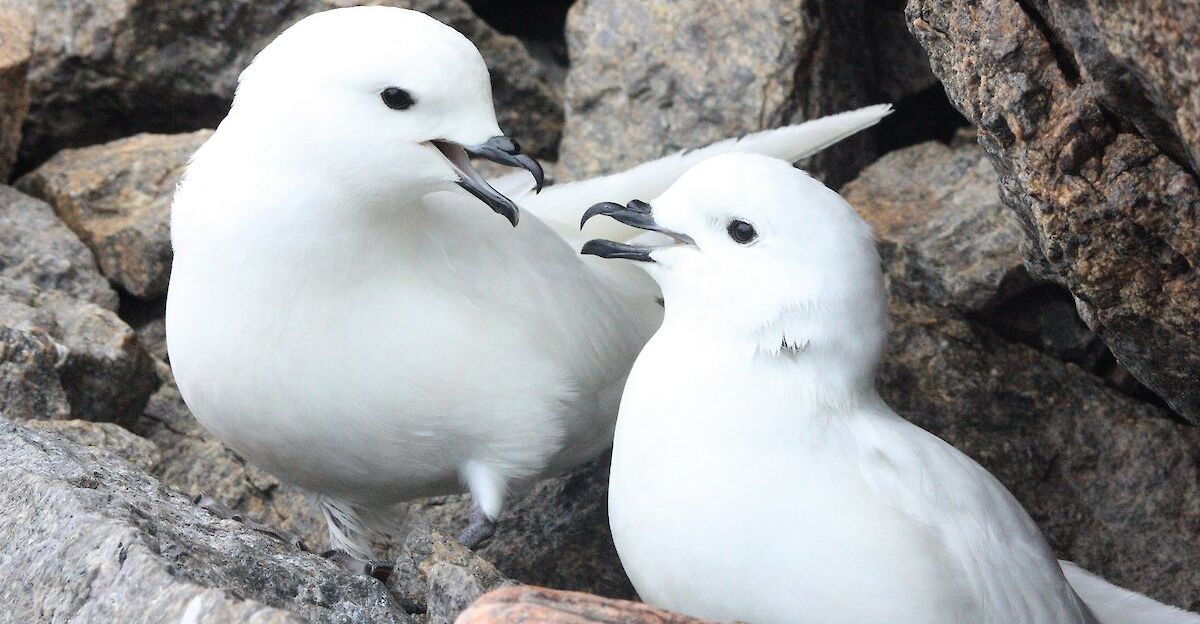
These birds are among the smallest in the area and can easily be spotted by their pure white plumage, coal-black eyes, and delicate blue-gray feet. Their bodies are covered in dense, fluffy feathers that give them exceptional insulation against the relentless Antarctic cold. These feathers are coated with a specialized oil, which keeps them waterproof and helps maintain their body heat even when exposed to snow and icy winds.
These birds have a high metabolic rate, generating the internal warmth needed to thrive in subzero temperatures. Snow petrels feed on krill, small fish, and squid, diving and snatching prey from the frigid waters. Their strong, hooked beaks and webbed feet are perfectly adapted for gripping slippery prey and navigating icy surfaces.
3. Leopard Seal
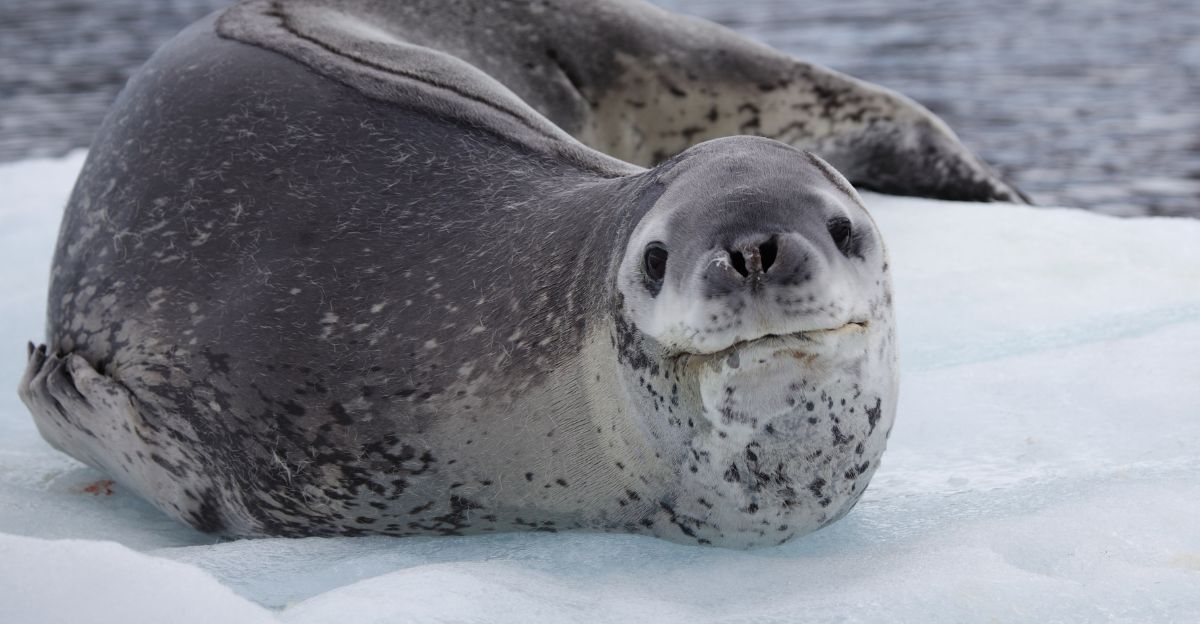
These remarkable seals have a thick layer of blubber, up to 3.5 inches thick in winter, which insulates them from the icy sea and provides buoyancy for efficient swimming. With a muscular body and large, powerful flippers, this blubber allows leopard seals to move swiftly and hunt with remarkable agility beneath the ice.
Their diet is impressively varied, ranging from krill and fish to penguins and even other seals, making them one of the few seal species to regularly hunt warm-blooded animals. They can slow their heart rate and store large amounts of oxygen in their blood and muscles, allowing them to dive for up to 15 minutes and reach depths exceeding 3,900 feet.
4. Emperor Penguin
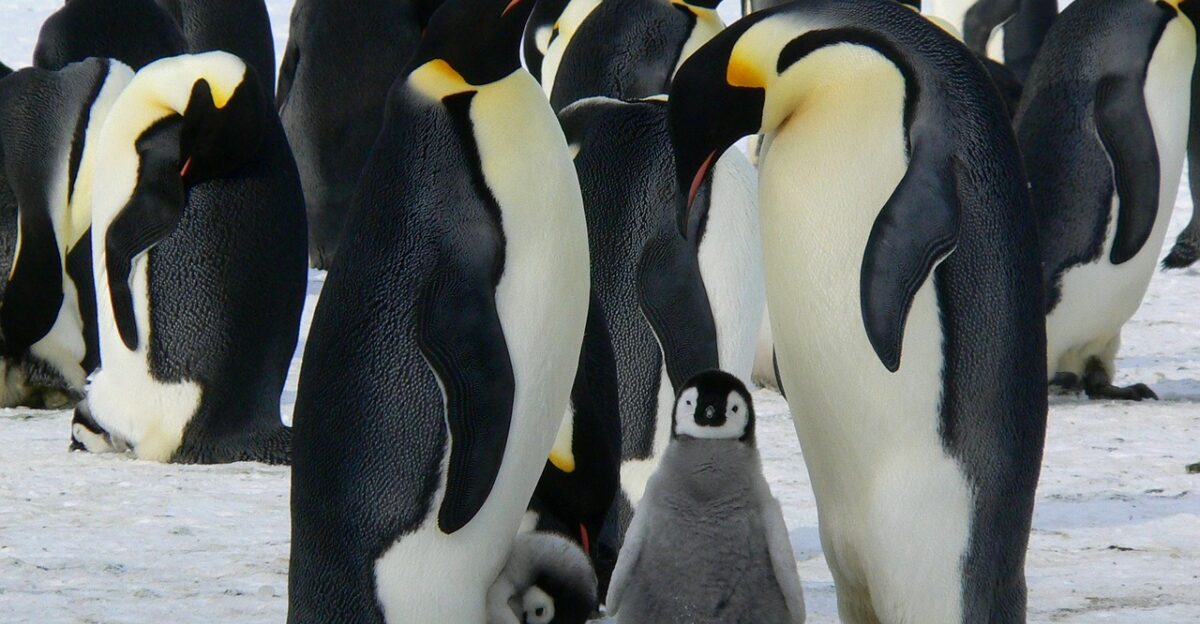
These incredible penguins can reach 48 inches and weigh around 100 pounds. They have a thick layer of blubber beneath the skin, densely packed feathers with tufts of insulating down, and overlapping waterproof outer feathers that trap air and keep the body warm even in icy waters. Their specialized nasal passages and extremities minimize heat loss, while their feet contain special fats to prevent freezing.
Unlike any other bird, they breed during the Antarctic winter, trekking up to 75 miles inland to form massive colonies on stable sea ice. After the female lays a single egg, she returns to the sea to feed, leaving the male to incubate the egg on his feet, protected by a brood pouch, for over two months without eating. During this time, males huddle in tightly packed groups, sometimes thousands strong, rotating positions so each bird takes turns in the warm center and the cold outer edge.
5. Antarctic Fur Seal
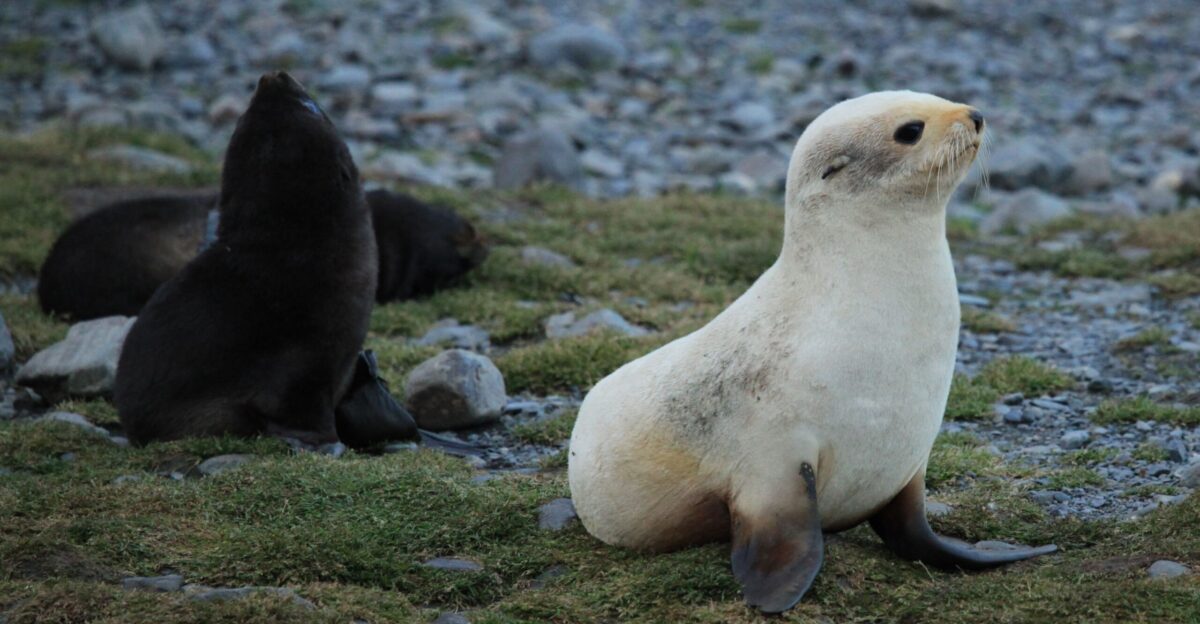
Unlike most Antarctic seals, which rely primarily on blubber for insulation, these fluffy creatures have exceptionally dense, water-resistant fur. This fur, together with a layer of fat, provides vital warmth and protection against the cold. This two-layered coat, consisting of soft insulating underfur and longer guard hairs, keeps the seal dry and warm even after repeated dives in near-freezing waters.
Antarctic fur seals are highly agile swimmers, capable of reaching speeds up to 12.5 miles per hour, and can dive for up to ten minutes to depths of 820 feet in search of food.
6. Blue Whale
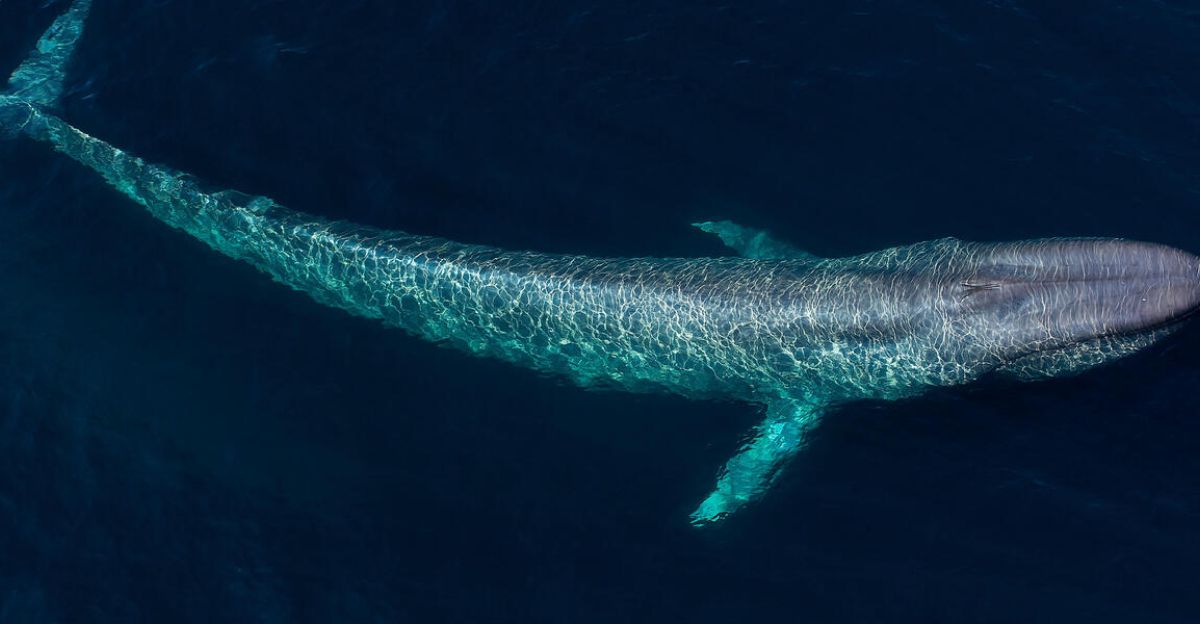
These remarkable creatures are the largest animals alive today, reaching lengths of up to 100 feet and weighing as much as 220 tons. Their primary defense against the cold is a thick layer of blubber, which insulates their bodies and retains metabolic heat. This blubber, combined with their massive size and low surface area-to-volume ratio, ensures that heat loss is minimized even in the coldest seas.
These giants feed on krill and use baleen plates to strain them from the water, taking in mouthfuls that can hold up to 90 tons of water and prey. Blue whales can live for 80 to 90 years or more, and while they were once driven to the brink of extinction by commercial whaling, their populations are slowly recovering. However, they remain endangered and face ongoing threats from climate change and human activity.
7. Southern Elephant Seal
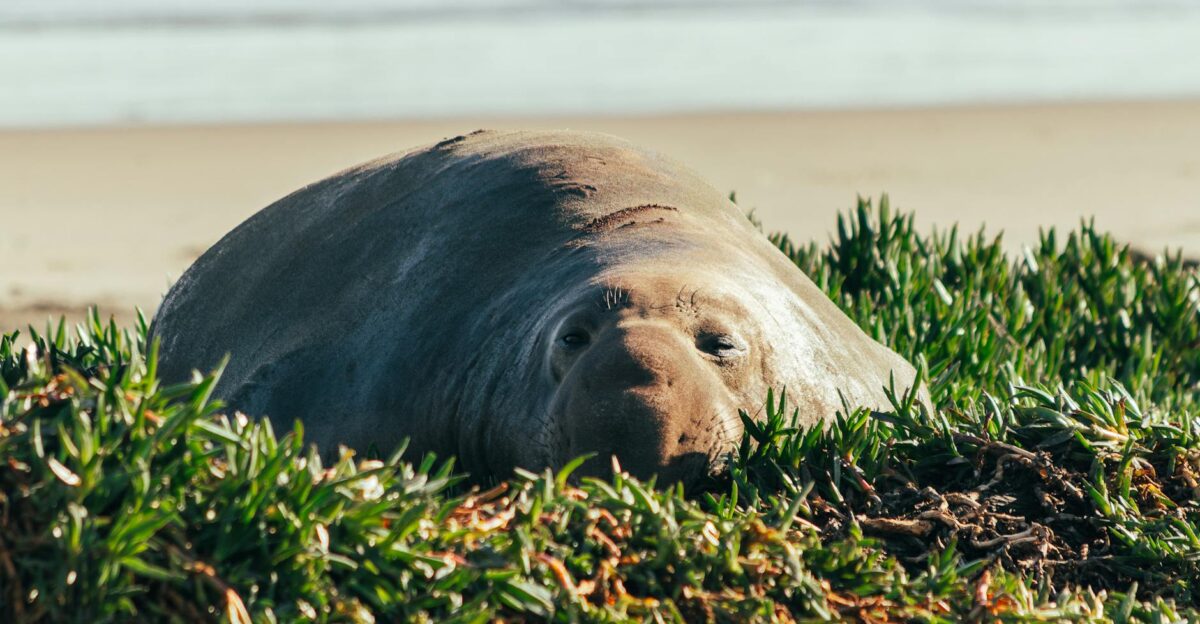
These giants of the ice have a thick layer of blubber, which insulates their bodies against frigid waters and stores energy for long periods spent at sea or fasting on land. Beneath their blubber, they have a specialized vascular system that helps conserve heat. Small veins surrounding arteries in their extremities capture warmth from outgoing blood and minimize heat loss.
Their heart rate slows dramatically while diving, and blood flow is prioritized to essential organs, further conserving oxygen and energy. On land, these seals often gather in muddy wallows and use their flippers to cover themselves with wet sand, which helps regulate their body temperature and prevents overheating during the breeding season.
8. Antarctic Icefish
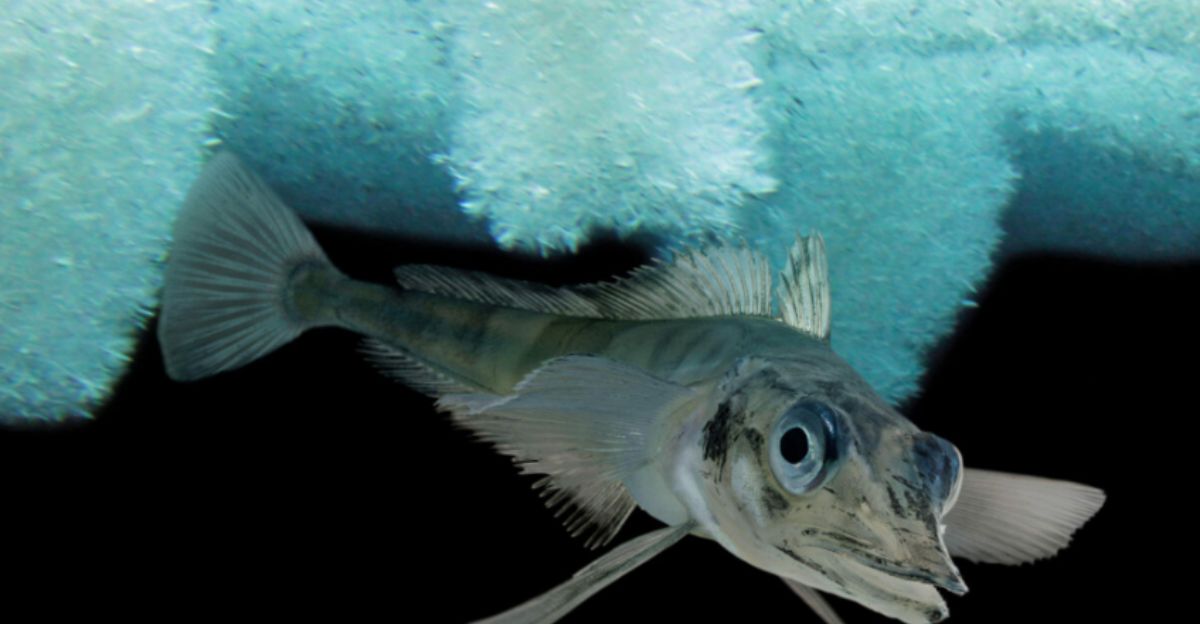
One of the most striking features of these fish is their transparent, hemoglobin-free blood, making them the only known vertebrates to lack red blood cells and hemoglobin. Instead, icefish rely on the high dissolved oxygen concentration in the frigid Antarctic waters, absorbing it directly through their large gills and smooth, scale-free skin.
To compensate for the reduced oxygen-carrying capacity, they have developed enormous hearts and extensive vascular systems, which help circulate oxygen efficiently throughout their bodies. Their bones are less mineralized and partly cartilaginous, accumulating lipids to help them remain suspended in the water column, compensating for the absence of a swim bladder and making them even more fascinating.
9. Weddell Seal
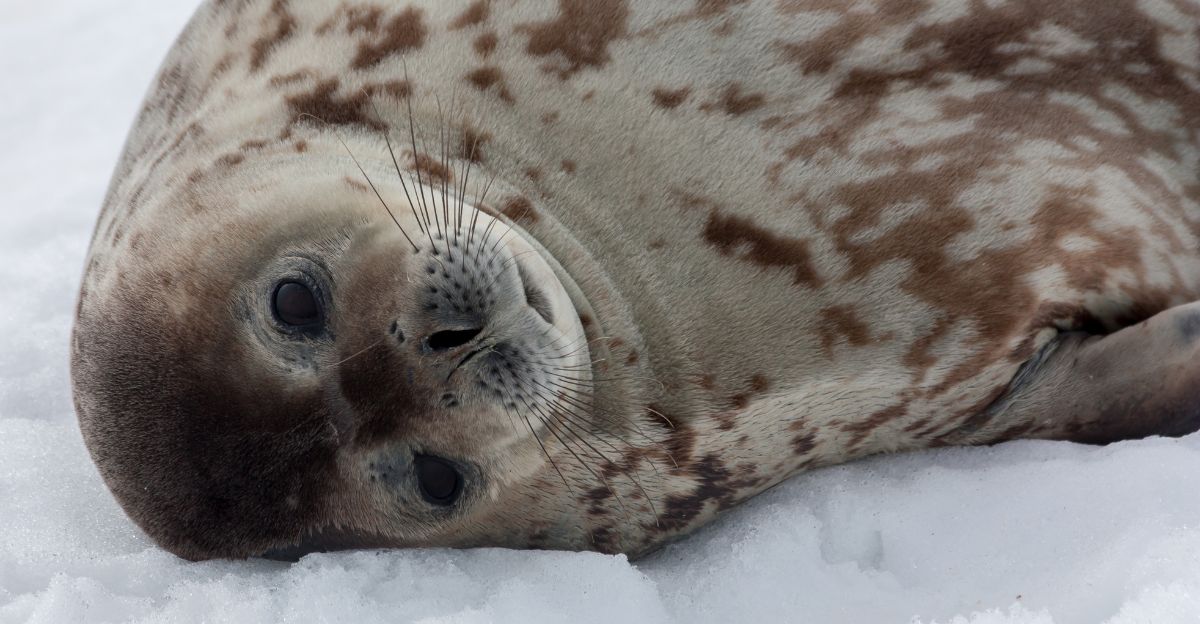
These seals are superbly adapted to life beneath the fast ice, where temperatures can plunge below freezing. Their primary defense against the cold is a thick layer of blubber, which can make up 30–40% of their body weight and insulate them from the frigid waters, sometimes reaching over two inches thick in the largest individuals.
They use their strong canine and incisor teeth to rasp and maintain breathing holes in the ice, allowing them to access the rich feeding grounds below, even during the depths of winter when natural cracks freeze over. Their large, expressive eyes are specially adapted for low-light conditions, helping them hunt fish, squid, and krill in the dark, icy waters.
10. South Polar Skua
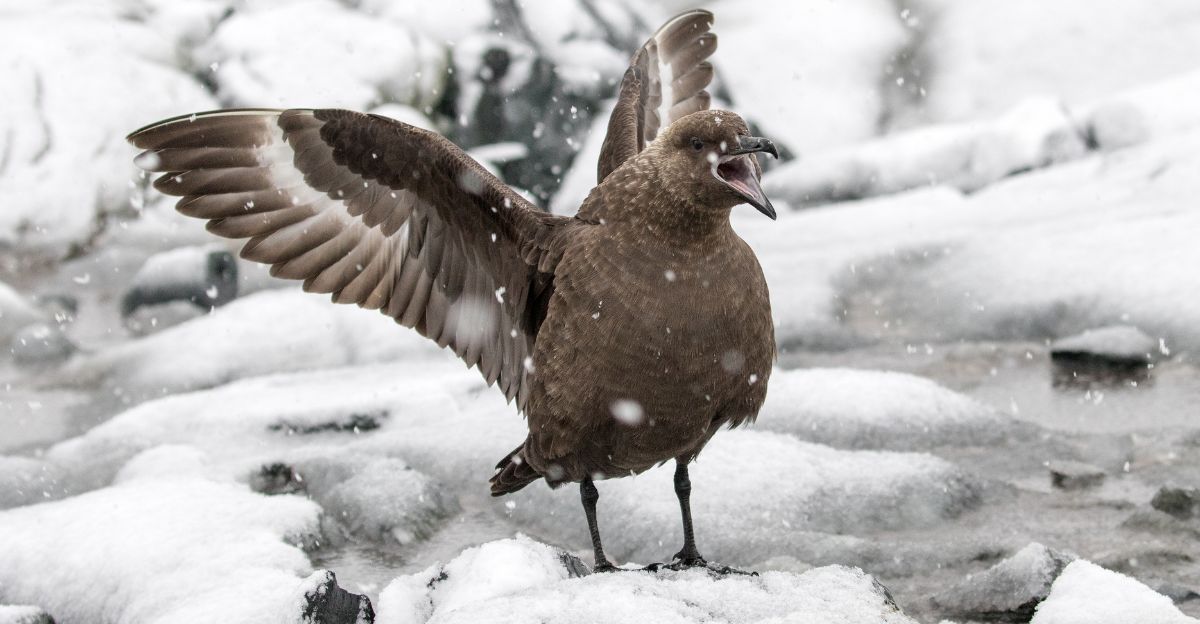
These remarkable little birds rely on a combination of dense, insulating plumage and a high metabolic rate, which helps them maintain elevated body temperatures even in subzero conditions. Studies have shown that South Polar Skuas possess some of the highest average body temperatures among Antarctic birds, making them pretty impressive.
South Polar Skuas breed on snow-free coastal areas, often near penguin colonies, where they exploit abundant food resources. Their diet is highly opportunistic and includes fish, krill, penguin eggs, chicks, and carrion.







